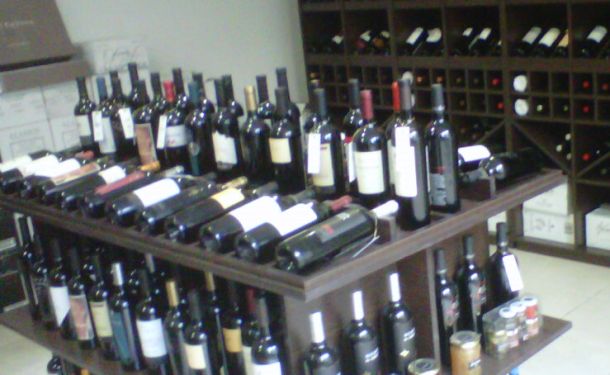Wines of Uruguay

Internationally recognized, Uruguay's wine is grown in a favorable geographical location and land particularly suitable for growing grapes, making Uruguay a quintessential wine country. Located on the same latitude as the best arable areas of Argentina, Chile, South Africa and Australia, between 30 ° and 35 ° south-vine can be grown throughout its territory. The history of wine and grape industry dates back to the mid seventeenth century, even before the national independence, when Uruguay was known as the Eastern Band. The first vines were brought from Spain and planted in the Southwest. These first plants, probably Moscatel, growing on trellises, producing grapes for table consumption and wine family. This was also the case for most of the eighteenth century. The early pre-industrial era was followed by a transition phase in which increased the number of vineyards, yet achieve a significant commercial level. This increase was due in large part to the favorable conditions granted a newly independent state in 1825, leading to the consolidation of a tradition born two centuries ago. It was not until 1870 that the crop began to be seen as a viable commercial enterprise, by Don Pascual Harriague, a Basque immigrant with business concerns. With plants of French Tannat, Harriague started cultivation in 200 hectares north of the country. This variety, Tannat, then took Harriague name, in honor of the pioneer of the Uruguayan wine industry. Almost simultaneously, Francisco Vidiella began planting other varieties of European origin in the south. The French Folle Noire, initially known as grape Vidiella Peñarol and then called, was chosen for cultivation in Columbus, a small town that is now part of Montevideo. The first harvest was in 1883, in a vineyard of 36 hectares. By 1880 a third strain adds to the Uruguayan wine scene. The French Gamay Noire was grown in the area of Montevideo Carrasco and was called burgundy, then also cultivated in the Columbus area. The variety grown Cabernet also started at this stage. In those days also other varieties were grown: the Spanish Bobal, Garnacha and Monastrel, the Italian Barbera, Nebbiolo, Isabella or "strawberry" and other varieties French, Spanish and American grown Maldonado area, southeast of the country. On July 17, 1903 the first law was passed in Uruguay Wine. Supported by a legal framework adapted to a realistic business situation, the wine industry began a consolidation phase visible. At this time, the Uruguayan government decided to give prizes to the largest domestic producers of wines. Were Vidiella and Harriague who won the first prize of the state in 1884. Quality control and initiation of data recording and production census in 1904, the subsequent teaching of viticulture in the Faculty of Agriculture, University of the Republic and the School of Viticulture, along with the growth of domestic firms during the first half of the twentieth century, marked the consolidation of the wine industry as a viable and profitable. This explains the phenomenon that occurred in the 50s: a record of 19,000 hectares were cultivated. The wine is Tannat varietal wine production began in Uruguay on a commercial scale. In 1870, Don Pascual Harriague, looking for a strain that could be adapted to local soil and climate, the country introduced numerous grape varieties. One of these, the Tannat variety native to southern France, proved extremely successful and led to the production of a wine extremely attractive to consumers of the time. Some time later, Harriague obtained the award for best wine produced in the country, specifically its Tannat wine. For this reason, since 1877, the Tannat is known as the "Uruguayan wine." Since its inception, then, the Tannat wine has presented the technical qualities of color and structure that give wine its value. The Tannat wines are tannic, soft tannins and gentle, and attractive color. Uruguay is the only country in the world where there are significant amounts vineyards even higher than in their native land: Madiran and Irouléguy, southwestern France. In Uruguay, the area planted with this variety, representing one third of the vineyards. The Tannat wine winemaking has two basic principles: quality and local characteristics. This has led to a growing recognition of Uruguay as a producer of quality wines. "Identity" obtained with Tannat wine, opened international markets to other varieties of Uruguayan wines. The Tannat wine perfectly expresses himself only, but also presents combinations of characteristics, in courts with other varieties. This results in a great diversity; Tannat, Cabernet Sauvignon and Merlot Tannat, Tannat, Cabernet Franc. It has also begun to develop Tannat wine in oak barrels. All this means that alone or in combination with other varieties, the Tannat is expressed beautifully. |
